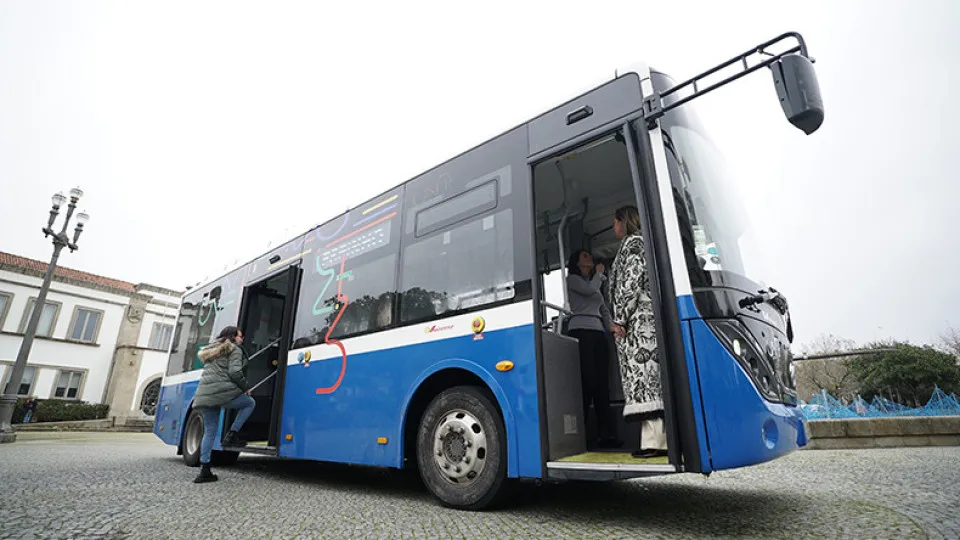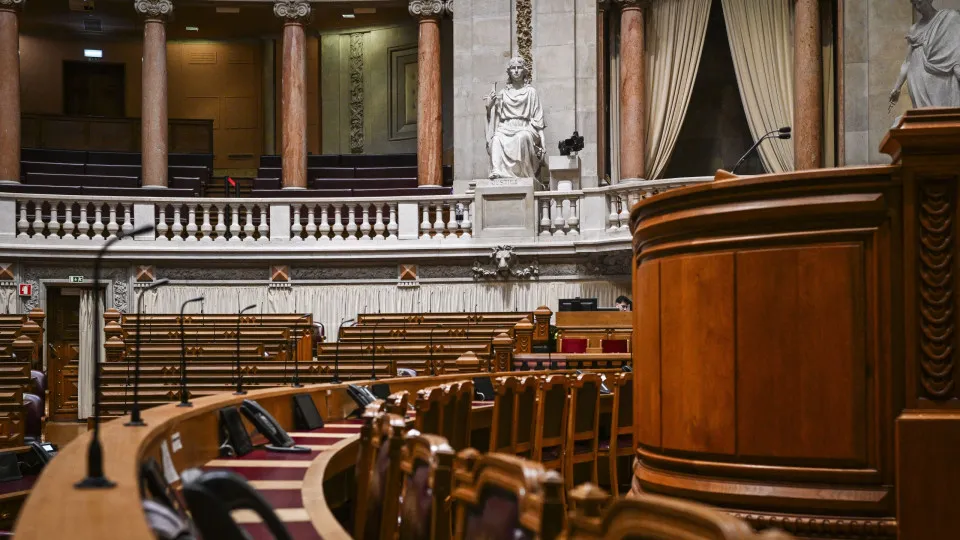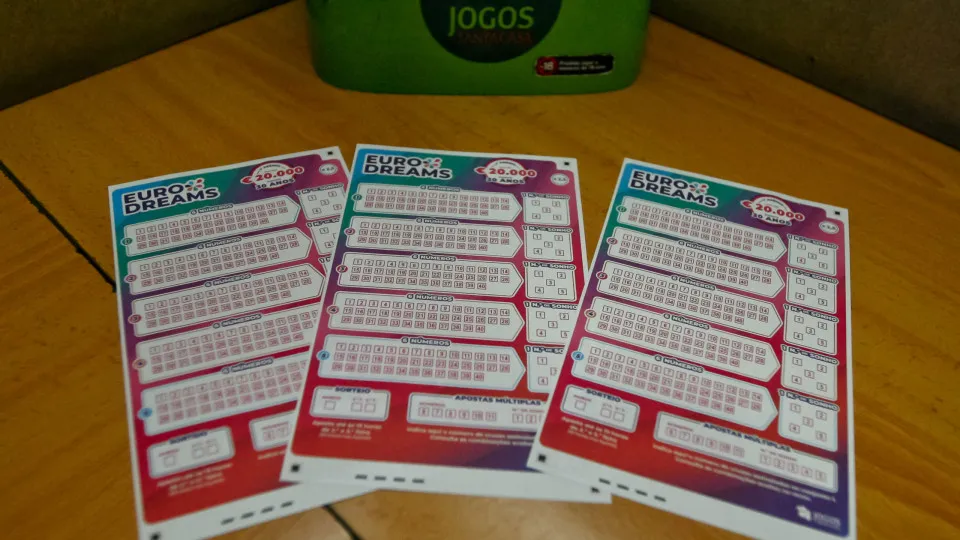
“The major issue with Unir’s Lot 4 is called D. João II. It’s not the operator Transportes Beira Douro,” stated Gabriel Couto, manager of the operator wholly owned by Auto Viação Feirense, for which he is also the manager.
The leader of the company operating Lot 4 of Unir emphasizes that “there are four million validations per year” at the D. João II interface, which connects buses to the Yellow Line of the Porto Metro, but “the truth is that there are no conditions.”
“During peak hours, the metro passes, and the traffic lights all turn red, and before they turn green again, another metro arrives. Two metros come consecutively, unload passengers, and the buses, instead of transporting the people, are stuck at the lights waiting to move,” observes Gabriel Couto.
The manager reports that “it takes 15/20 minutes to arrive from their point of origin to D. João II by metro, and then they stand there for 15 or 20 minutes looking at the bus 300 meters away, but it’s not moving and not picking up the people.”
According to Couto, the solution would be to prevent the buses from crossing the metro line at the traffic light north of the D. João II metro station (towards Porto) and instead have them stop under the buildings, guiding them to the interface on the shared boarding platform with the metro, crossing the line south of the station (towards Santo Ovídio) with a new bus-only crossing.
When asked about the negative perception of Unir service in Gaia and Espinho, Gabriel Couto concedes that the company “hasn’t done everything” possible to counteract it, acknowledging that “a person waiting 15 minutes for the bus to cover 300 meters will say the bus is late.”
However, he believes that the responsibility “should not solely fall on the operator” as it’s impossible to remove “all vehicles from the front so people can board the bus,” arguing that in August, with less traffic, the service “worked like clockwork.”
For Gabriel Couto, “the problem is when school starts, the pressure increases, and when the rains begin, the pressure mounts even more, and the buses don’t flow,” and “without flow, there is no solution.”
“Adding more buses or increasing frequencies won’t help if the buses don’t flow smoothly,” he stresses, admitting that “this pressures people into thinking things don’t work well” and “creates a lot of discomfort.”
According to him, Transportes Beira Douro is actually executing over 98% of scheduled services, with non-compliance due to “blocked roads” or “traffic.”
“We send 100% of our production onto the road daily. That is, every day, we schedule all our shifts either the day before or prior. However, on the actual day, we face incidents, breakdowns, accidents. And our level of non-compliance is under 2%,” he mentioned.
He also notes that the company “executes 350 hours per day outside of scheduled service amplitudes [start and end],” and while the contract stipulated 91 routes, Transportes Beira Douro operates 151, increasing passengers by 5% this year, and 15% at the start of the school year compared to last year.
At the beginning of the school term, Gabriel Couto assures that “the only lot out of the nine metropolitan areas [four in Lisbon and five in Porto] that experienced no incidents at the school year’s start was Lot 4 of Unir.”
The manager also mentions that the operation stabilized in May 2024, despite “many failures in schedule publication” until the end of that year, extending even into 2025, something that “creates a lot of confusion for people.”
He also admits that recruiting and retaining drivers is “the biggest challenge” for Transportes Beira Douro, with 50 newly hired drivers leaving for the Unir operation only in May 2024, a problem that began to be resolved in May this year and is “no longer a structural issue,” although about 30 drivers are still needed, especially to cover weekends and holiday periods.
Regarding the lack of information on buses, which often still use A4 sheets to indicate the destination instead of digital displays, he acknowledges that the company has “somewhat neglected” this aspect for the sake of delivering transport services, a task the company will “develop in the coming months” with drivers, who “don’t always turn them on, sometimes because they swap buses and don’t know how to operate” the new one.
He indicated that they already have internal capacity to know the exact location of each bus at any time via GPS, within a fleet comprising 170 buses, 26 electric, and 80 running on natural gas, with the remainder diesel-powered.




